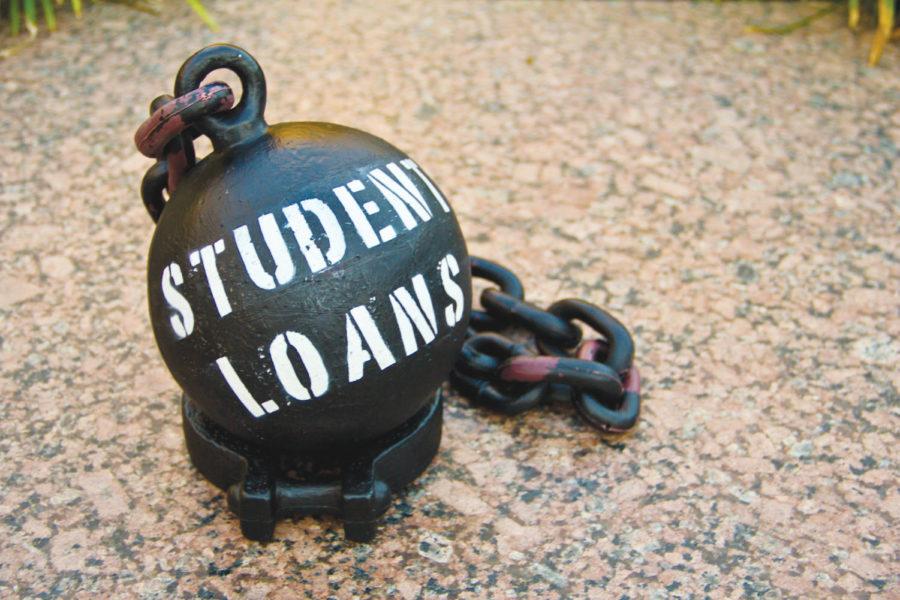Student loan interest at risk of doubling
Photo courtesy of Flickr/thisisboss
Financial debt can be a major strain on graduates, especially when bankruptcy is not an option for student loans.
June 7, 2013
The student loan interest rate could double for college students if the Senate cannot reach an agreement in the next 23 days.
Thursday, the Senate did not pass two bills that would have prevented increases in federal student loan rates. If Senate Republicans and Democrats cannot reach an agreement, the interest rate will double on July 1, 2013.
The Republican proposal would have prevented loan interest rates from doubling and tied future rate increases to market-based rates.
The Democratic proposal was a more short-term solution and would have kept the current interest rates the same for the next two years.
Subsidized federal loans will rise from 3.4 percent to 6.8 percent. These loans are for undergraduates who have financial need. Interest does not occur on these loans until the student is no longer in college, which makes them the most favorable federal loan for students.
Iowa State Government of the Student Body President Spencer Hughes is currently drafting a letter to send to Iowa senators and congressmen.
“One of my friends is the President of the Luther College Student Senate, and we’re drafting a letter to send to as many other student body presidents around the state of Iowa as we can,” Hughes said.
“Right now we’ve got over 40 presidents’ information, and we’re going to ask them to sign on to the letter and then send it to Iowa’s six members of the congressional delegation and to as many Iowa newspapers as we can,” Hughes said.
Because July 1 is not so slowly creeping up, Hughes is currently focused on a short-term solution to the issue.
“Right now, we just want to make sure the rate doesn’t double,” Hughes said. “Ideally we would have a permanent solution, but right now we want whatever it takes to prevent the rate from doubling.”
Sen. Tom Harkin (D-Iowa) is the chairman of the Committee on Health, Education, Labor and Pensions.
“The rising cost of higher education means that low- and middle-income students are relying on federal student loans to afford the opportunity to go to college,” Harkin said in a press release on June 6. “If the interest rate doubles, students will pay an additional $1,000 on each loan over the life of the loan.”
Total student loan debt in the U.S. is at about $1 trillion.







